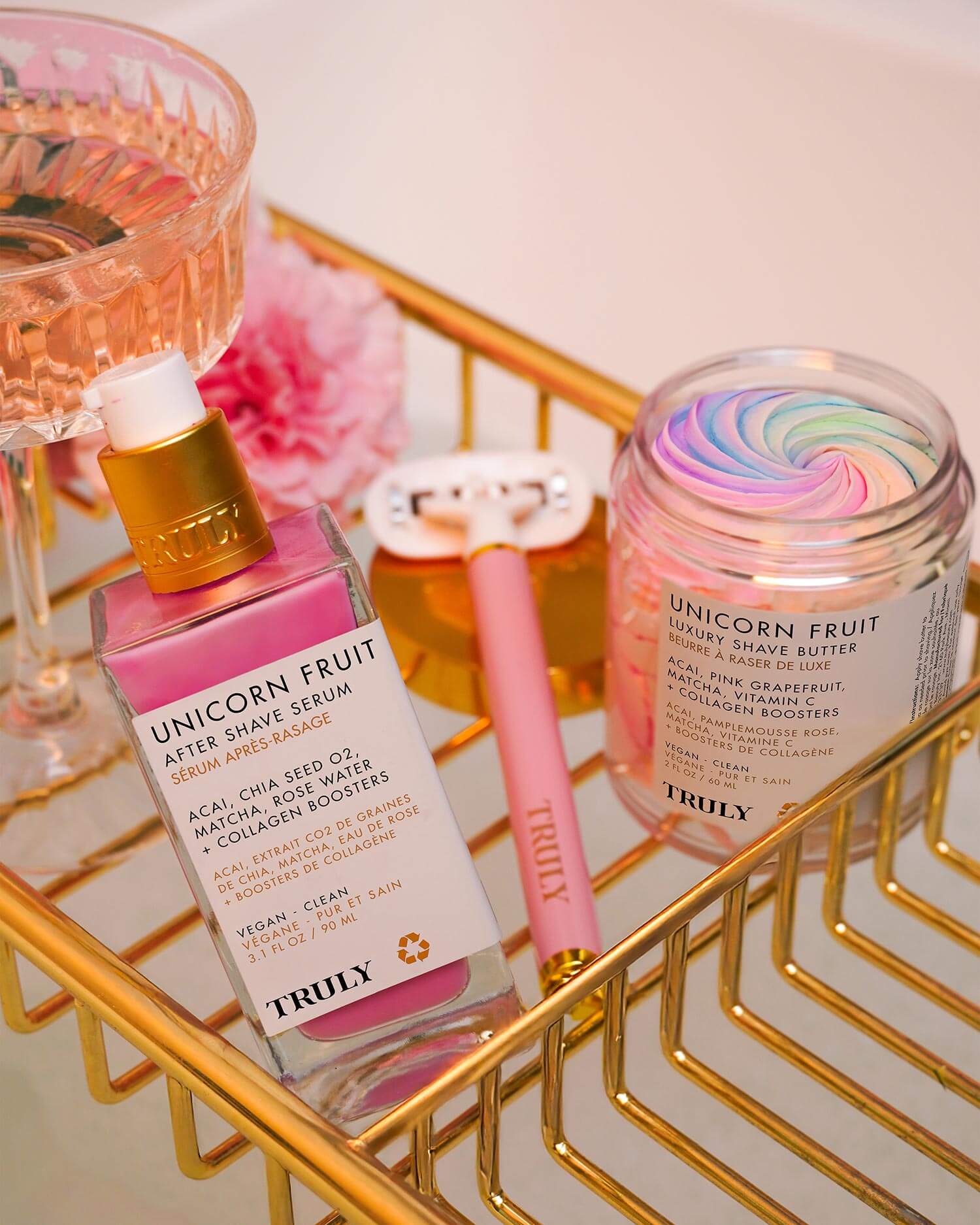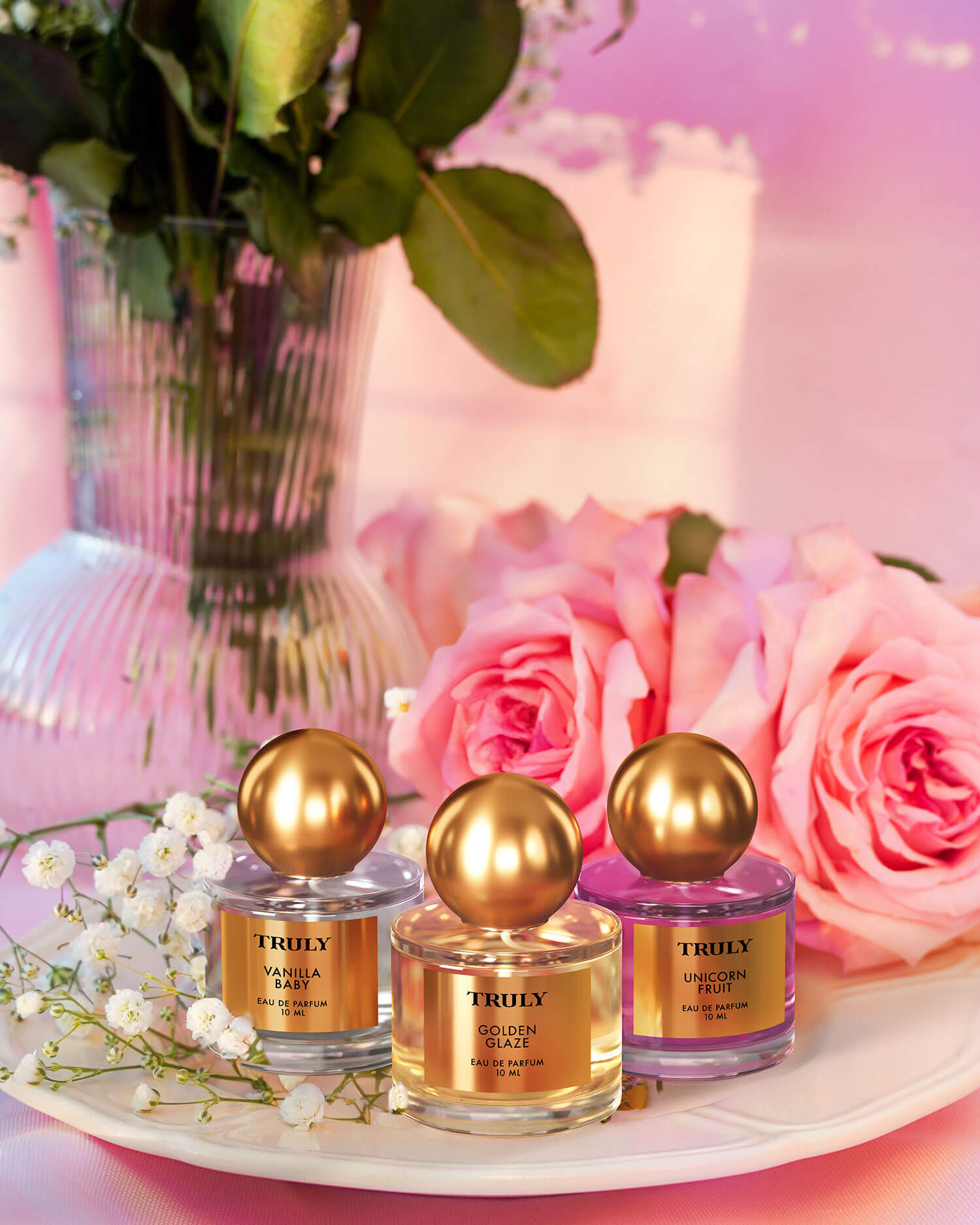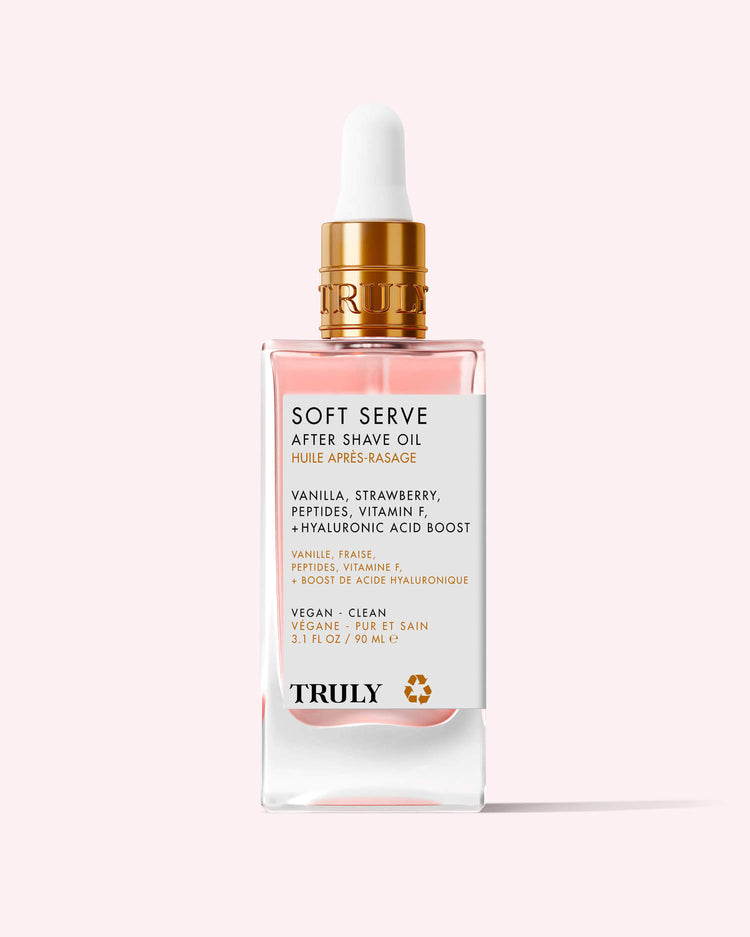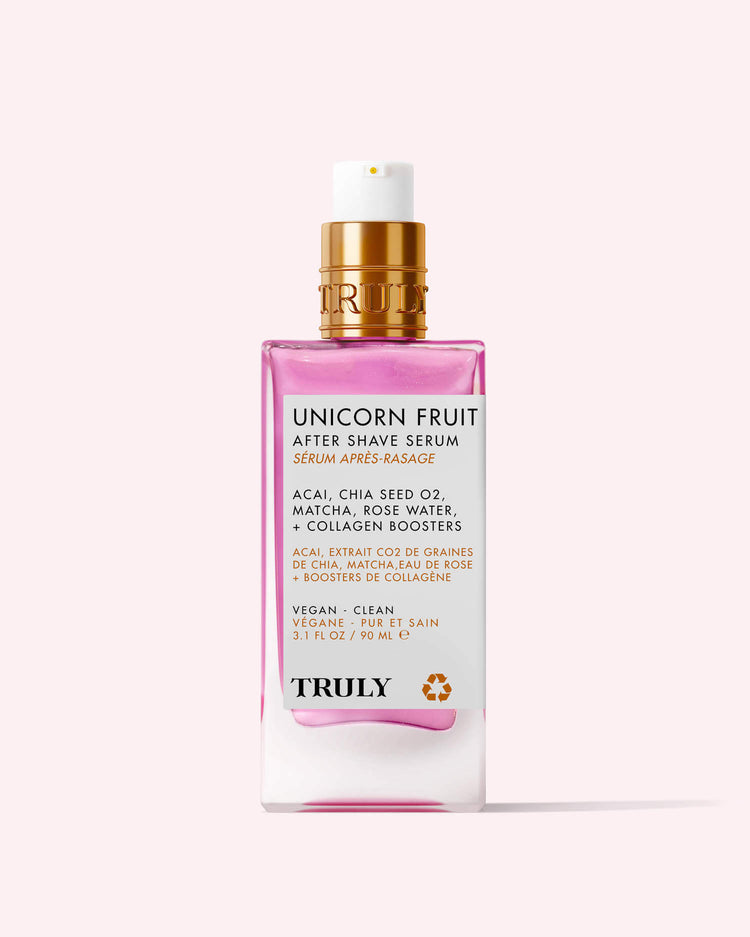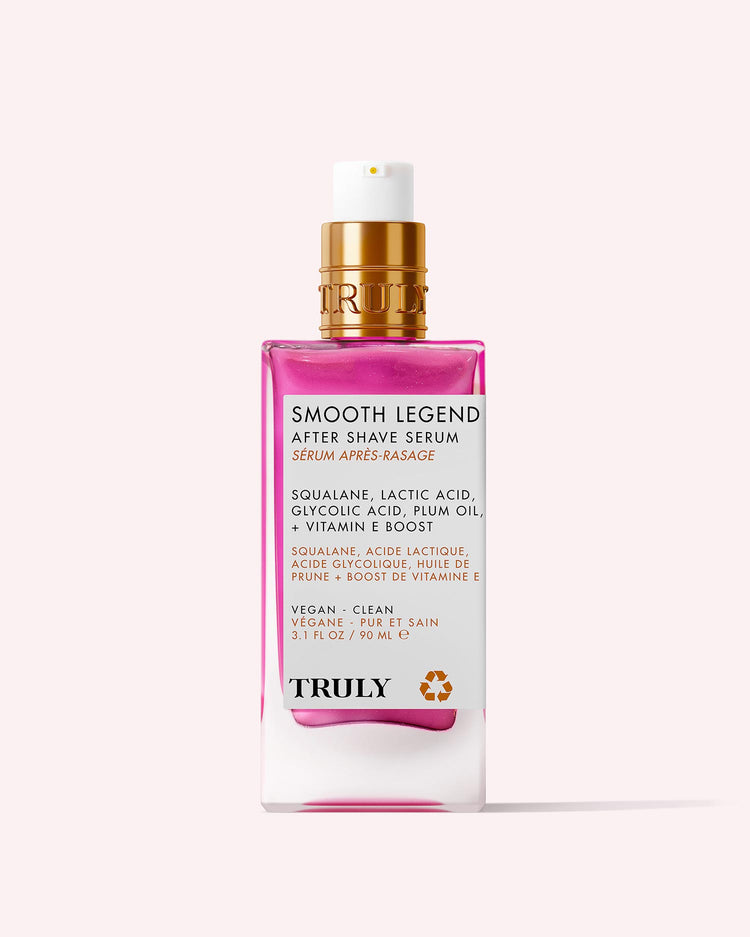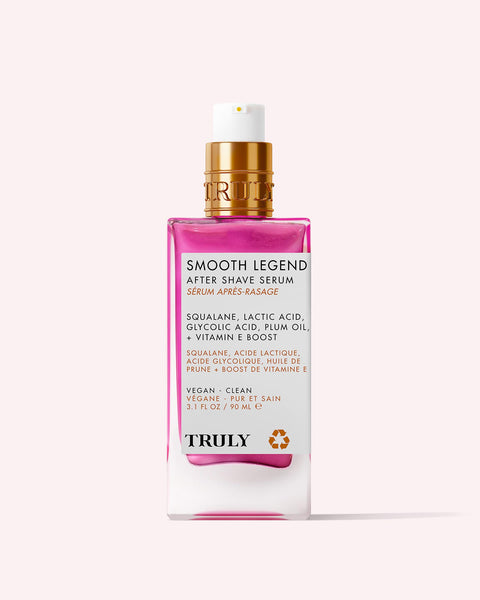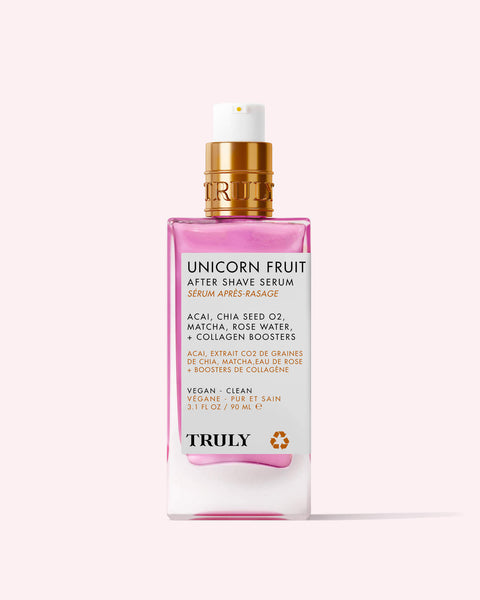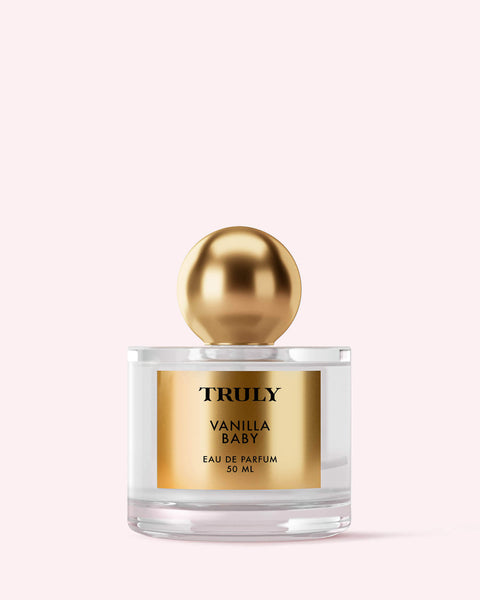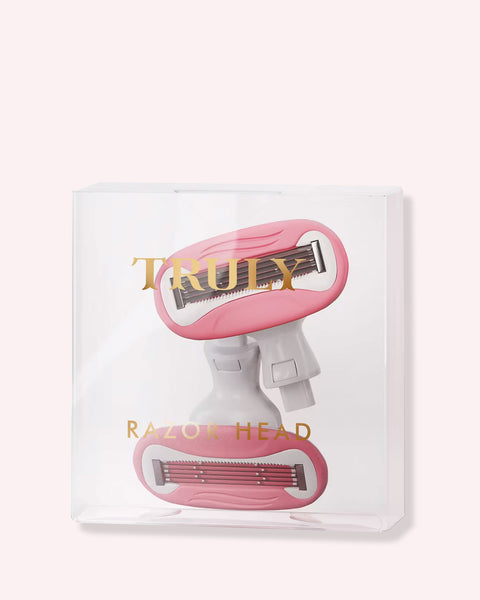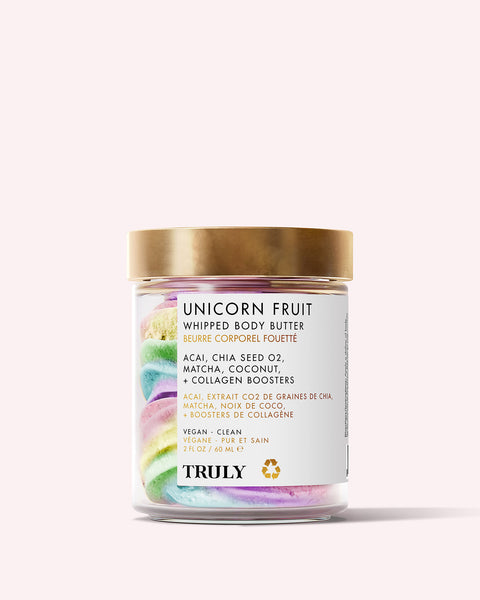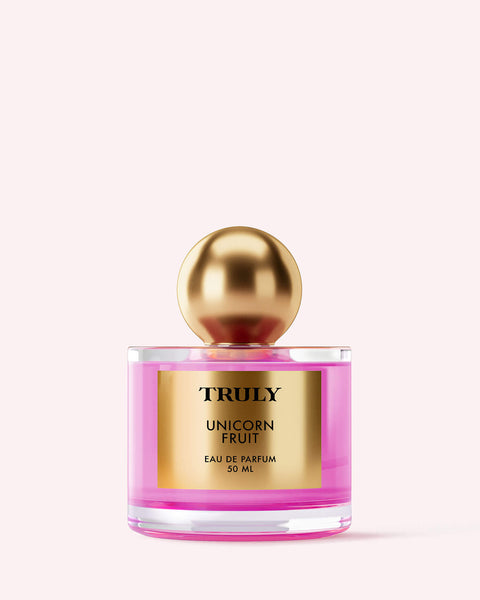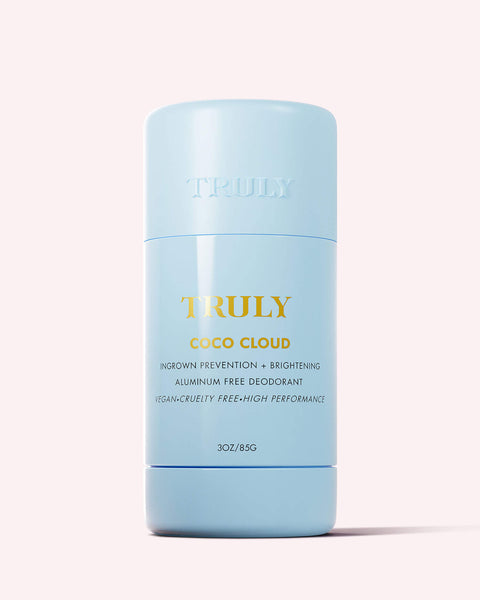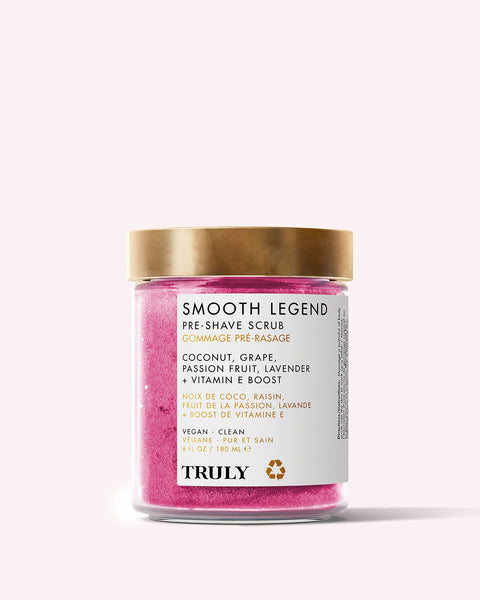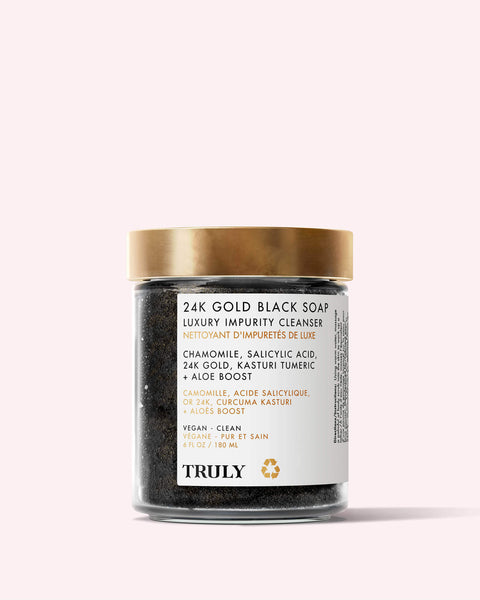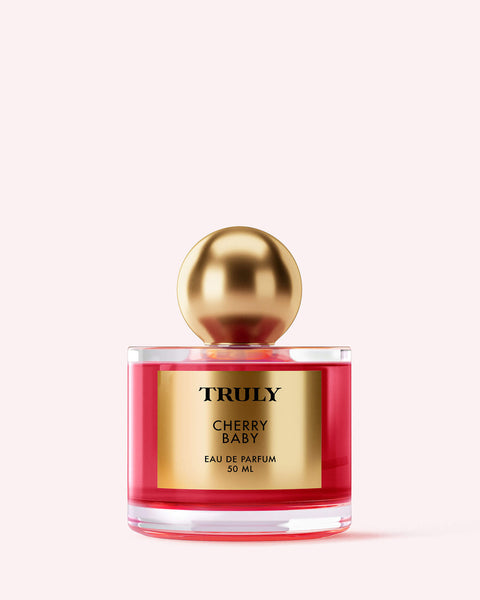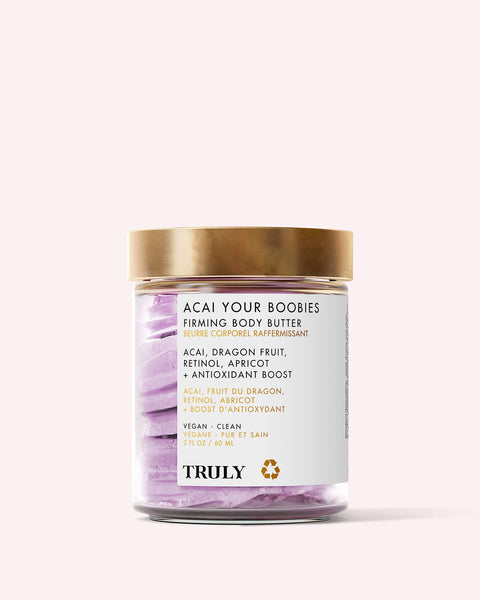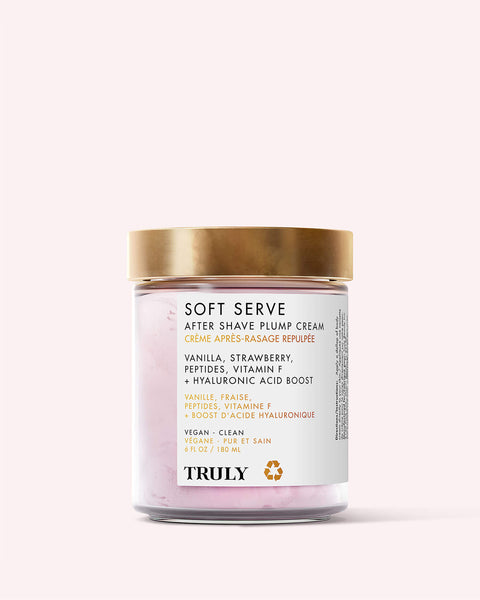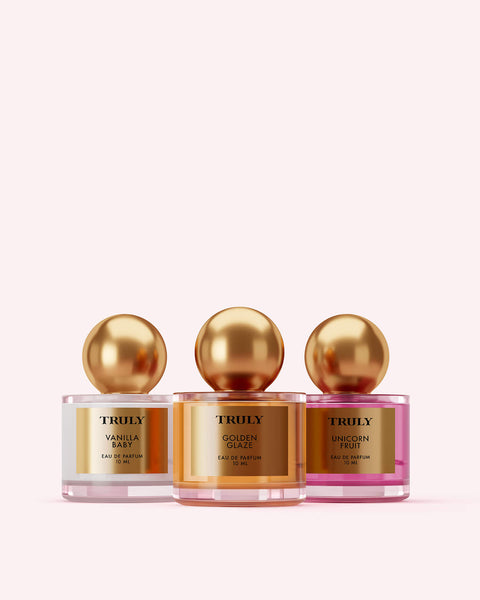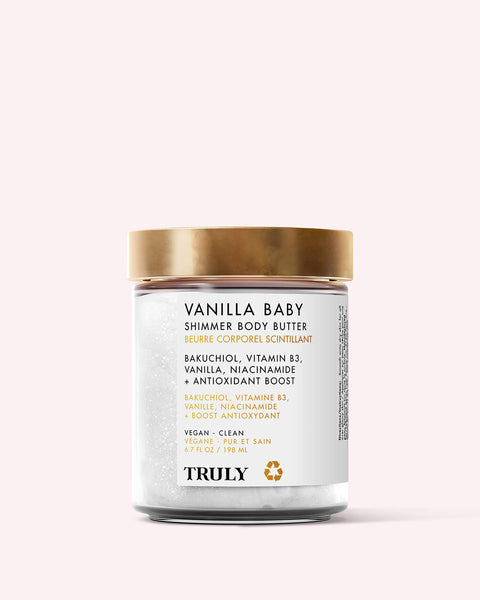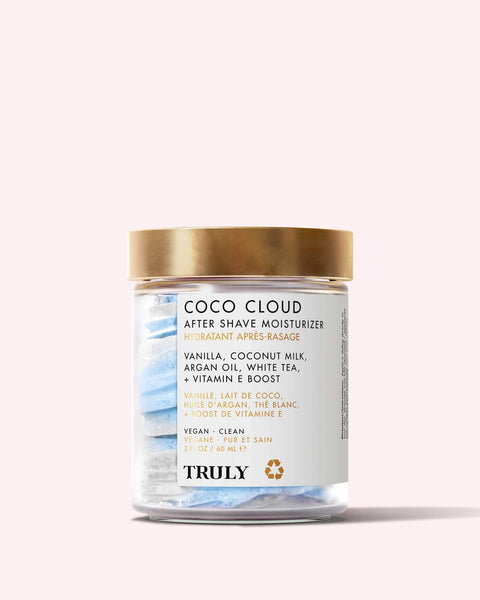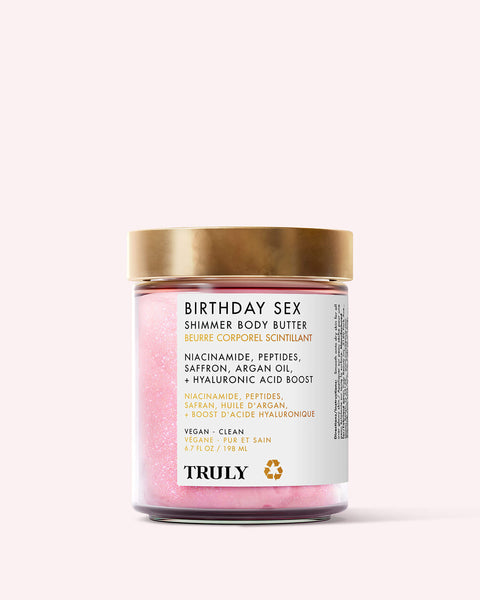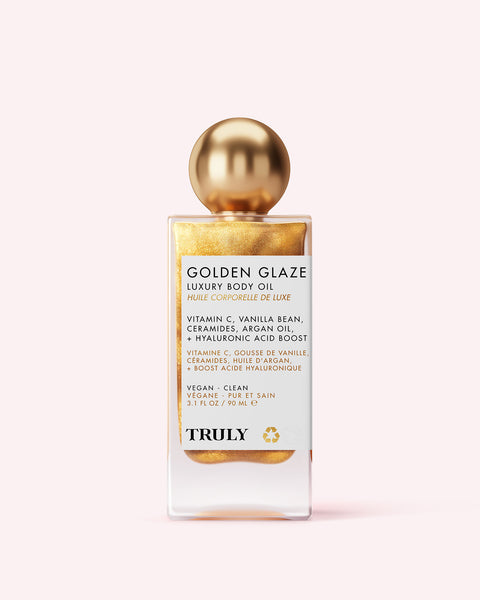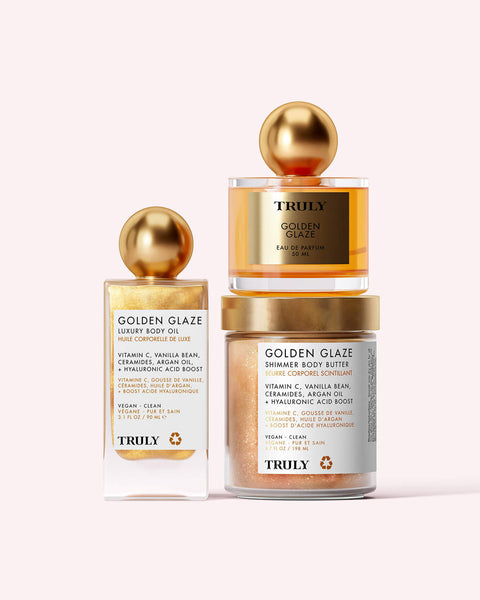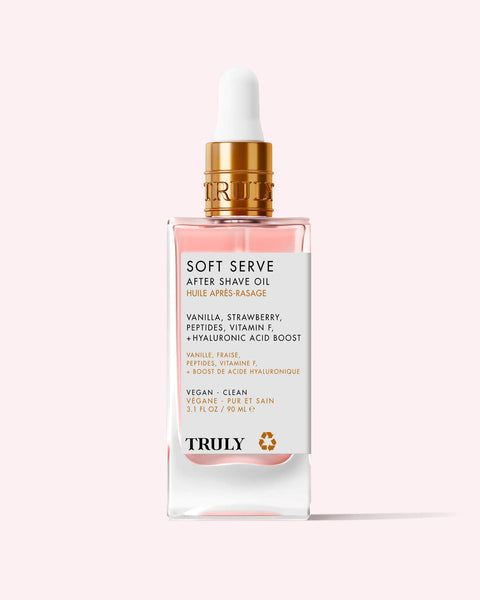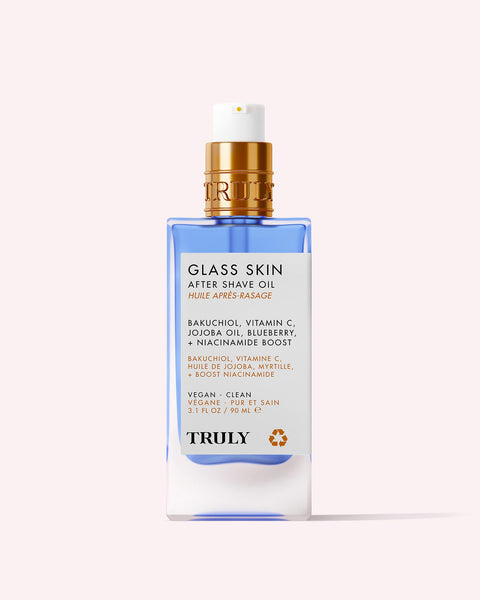How to choose the best hair brush for your hair
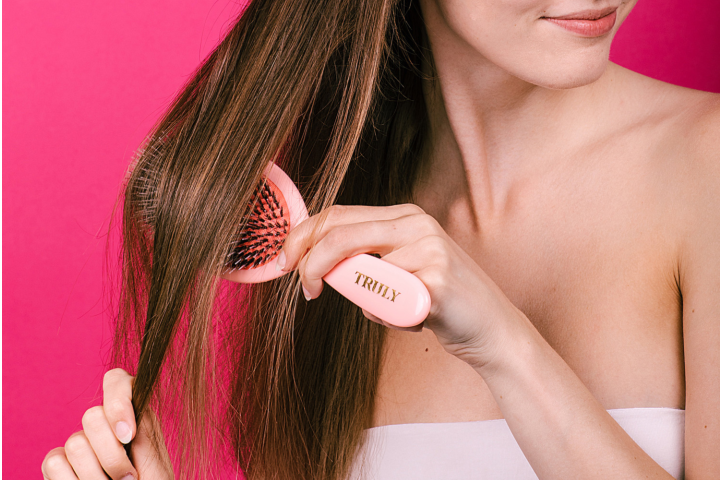
Choosing the right hairbrush can make a huge difference in achieving healthy, voluminous locks. But which really wins out of the detangling hairbrush and wide tooth comb? With so many different kinds of brushes and combs to choose from, it can be hard to figure out which one works best for you. But if you want the best for your mane, you really do need to invest a little time into understanding which hairbrush suits your hair.
The right hairbrush for your hair type is guaranteed to prevent bad hair days, cause less breakage, and deliver a flawless ‘do – no hot tools needed. Let’s find out and finally settle the comb vs. hairbrush debate.
THE HAIRBRUSH
Hairbrushes are a great tool to style your hair, but when used incorrectly or on the wrong hair types, they can actually cause damage to your strands as well as your scalp.
Hairbrushes are best left for people with coarse, thick hair. The bristles are usually too harsh for most hair types and will only cause more breakage of your hair. According to a study from 2007, brushes are more likely to break off long strands of hair, especially in fine hair types.
Without a doubt, the best type of hairbrush is the detangling brush. Typically made with wide-tooth bristles, they can easily release tangles and undo knots without damaging your hair. And, thanks to their super firm bristles, they can help boost volume to fine, flat hair.
Try Truly’s Vegan boar bristle brush, a gentle detangling brush with multi-layered bristles that gently massage your scalp, while ridding your strands of tangles.
THE COMB
A comb guarantees a seamless hair parting, but it can also be useful for getting rid of knots and tangles in your hair.
The best type of comb for all hair types would have to be the detangling comb aka, the wide tooth comb. It’s an excellent tool to use through wet hair, as wet hair is much more prone to breakage. It’s also useful for distributing leave-in hair treatments like masks and serums, as it ensures all strands are covered with the treatment.
There are many different types of combs which are suitable for different hair types. If you have thick, wavy hair, opt for a wide tooth comb – it works best to maintain your natural wave or curls. For the straight haired, choose a comb with a handle and smaller teeth.
Truly’s rose gold hair comb is the perfect accessory for all hair types. Made with wide spaced teeth, it runs through your hair easily without tugging or snagging strands. It’s also ideal for evenly distributing leave-in conditioner.
WHICH IS HEALTHIEST FOR THE HAIR?
Brushes and combs can both cause damage to your hair. When your strands become wrapped around bristles or teeth, they create resistance which makes it harder to comb through the hair. As a result, the brusher (or comber) yanks the tool through their hair which causes breakage.
A little tip for you: yanking is never the way to go. In fact, we recommend avoiding this strategy at all costs if you want to keep your hair healthy. Pulling doesn’t detangle the hair – it breaks off the hair instead. If you have a good comb or hairbrush that’s suitable for your hair type, you shouldn’t feel the need to pull it through your strands.
Besides choosing the best hairbrush or comb, strategy makes all the different to the wellbeing of your hair. In some cases, it may even be more effective than the tools you use to do it. Research shows that being gentle while styling your hair is key to keeping your mane healthy and preventing damage.
If a knot is really bad and you can’t get it through it with a brush or comb, the best option is to just use your fingers. This puts the least amount of stress on your mane.
HAIR BRUSHING TIPS
To keep your hair looking and feeling soft, smooth, and healthy, try practicing some healthy hair brushing techniques. Here are some easy tips you can follow to brush and comb your hair without causing any damage.
1. Avoid overbrushing your hair
There is such a thing as overbrushing and it can be a major factor in hair breakage. So if you’re currently combing or brushing your hair 10-20 times per day, stop doing that right now. Just think what would happen if you brushed your dress that many times a day. The material would fray and eventually wear out. Your hair is no different.
2. Brush your hair when it’s dry
Unless you urgently need to style your wet strands, try leaving those combing and brushing sessions until your strands are dry. Wet hair is stretched by up to 30%, which means it’s more prone to breakage. To avoid breakage, use a comb or delay styling until your hair has fully dried.
3. Clean your brush right
Brushes and combs easily collect dirt, which is why you need to clean them regularly to prevent dirt and old product from re-entering your hair. Don’t worry, it’s really easy and quick. All you need is washing-up liquid and warm water. Dissolve a tablespoon of washing-up liquid in a basin of warm water, then let your hairbrush or comb soak for 5 minutes. Afterwards, rinse them with clean water and dry thoroughly.
4. Invest in high-quality hair products
Using a good shampoo and conditioner can drastically improve your hair brushing results. A 2010 study from the Journal of The Society of Cosmetic Chemists found that hair treated with a hydrating conditioned withstood combing and brushing breakage 60% better than hair not treated with conditioner.
So, if you’re trying to decide between a hairbrush or comb, the best universal choice is a detangling comb. It works for all hair types and prevents breakage when your hair is wet. And, if you can’t live without a hairbrush, opt for a detangling brush to style your hair without causing damage. Most importantly, brush and comb gently at all times!
